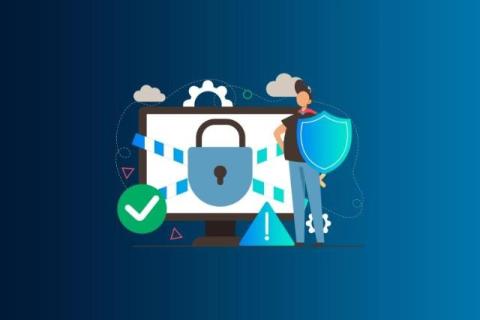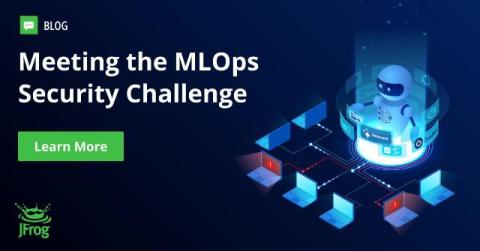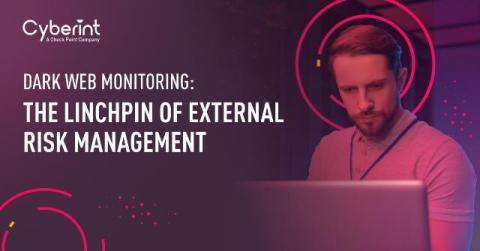Office 365 DLP: Securing Your Data with Data Loss Prevention
Data breaches happen every day, so companies need to make data security a top priority to keep private data safe and make sure they follow the rules. Data Loss Prevention (DLP) in Office 365 is a powerful tool that finds, monitors, and protects sensitive data across all platforms. This makes an organization's security stronger. Office 365 DLP helps businesses keep private data from being shared or exposed without permission.










